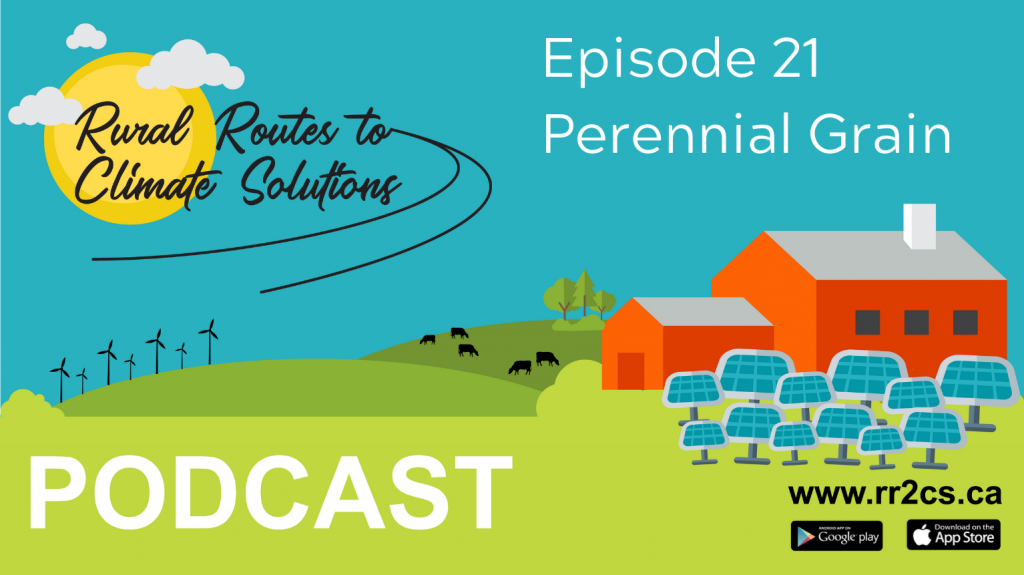Podcast: Play in new window | Download
Subscribe: RSS
Perennial grain crops have the potential to reduce agriculture related greenhouse gas emissions and improve the soil’s quality. Erin Daly, PhD candidate at the University of Alberta, discusses the research she is conducting at the Breton Plots to determine if perennial grains could be a viable and sustainable crop in the Alberta climate.
Highlights:
(12:10) There is a potential for perennial grains to reduce greenhouse gas emissions, particularly nitrous oxide. There is also significant potential for soil physical quality improvements because of the deeper root structure of perennial plants in comparison to annual plants.
(13:46) Nitrous oxide is a greenhouse gas that is 298 times more potent than carbon dioxide and persists longer in the atmosphere. This means that smaller quantities of nitrous oxide can create more significant greenhouse gas effects than other forms of greenhouse gases. Unfortunately, the agriculture industry is the largest contributor to nitrous oxide emissions.
(17:55) Soil root samplings from the first year of study at the Breton Plots found that perennial grains had significantly greater root mass compared to annual grain crops with comparative growing times.
(34:31) If perennial grains are proven to be a viable cereal crop in Alberta, they could lead to reduced soil erosion and degradation, reduced seeding costs, and potentially less nitrous oxide emissions. This would be a significant improvement in farm productivity and profitability in Alberta.
Want to learn more about crop production? Listen to Episode 13 on organic no-till crop production with Alberta grain producers Justin Duban and James Bozarth and Keith Bamford of the University of Manitoba.


